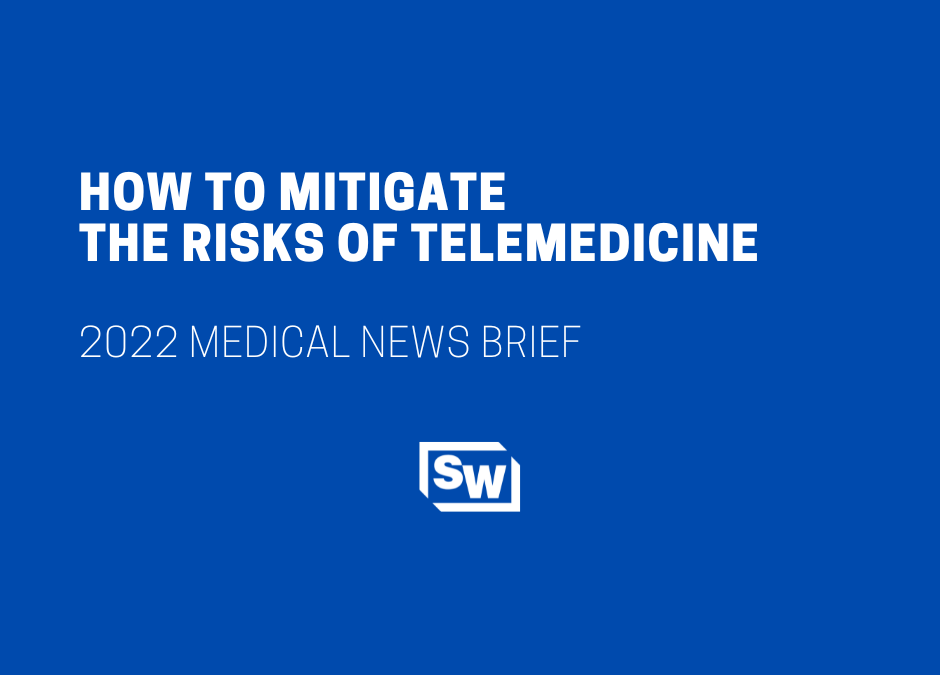According to a July 2021 update by McKinsey & Company, telehealth surged in the United States to a peak in April 2020 of about 78 times higher than before the pandemic. It then dropped, stabilizing at about 13% to 17% across all specialties — which is about 38 times higher than pre-pandemic.
It’s likely that telemedicine will be a continuing presence in health care. Although it has many positive aspects, there are two primary areas of risk associated with telemedicine: medical errors and cybersecurity.
Medical errors
According to insurance data, misdiagnosis has been the leading source of telehealth medical malpractice claims. About 25% of such claims are related to cancer, and 20% to stroke.
Some conditions — such as heart disease, where fluid accumulation may be difficult to determine effectively — are more challenging to diagnose via telemedicine. Another example is a virtual dermatological exam. It can be accurate, but the equipment and software used needs to provide a clear image.
It’s important to be aware that professional liability insurance may have specific coverage provisions related to virtual health visits. This would be a good time to have a qualified broker review your policy, including your technology errors & omissions (E&O) coverage.
One way to minimize error risk is to recommend the patient book an in-person visit if you think the images were unclear or the exam isn’t providing enough information. Another way to reduce error is to have another medical professional, such as a nurse or physician assistant, present during the telemedicine visit.
Cybersecurity
In 2020, cybercrime costs to individuals and businesses rose by 69%, with health care a major target, according to Health IT Security. And the problem appears to be increasing. The biggest area is ransomware, where a virus is introduced into the practice’s software and medical records, preventing access. The cybercriminals demand a ransom for a key that will unlock the encryption.
Cyberinsurance is important, but the best protection is good cybersecurity procedures. These include best practices such as antivirus software, firewalls and regular backups. Even better security measures include dual authentication, encryption and virtual private networks. It’s a good idea to contact a cybersecurity expert to evaluate your practice’s procedures and recommend protocols to fix weaknesses.
Also, physicians need to be aware of patient information custody and rules. In other words, who in the practice has access to the data and how it’s used? Train staff on how to minimize data security risks and identify when there has been a breach.
Take the right steps
Telemedicine appears to be here to stay. Take steps to minimize the risks involved to protect your patients and practice.

